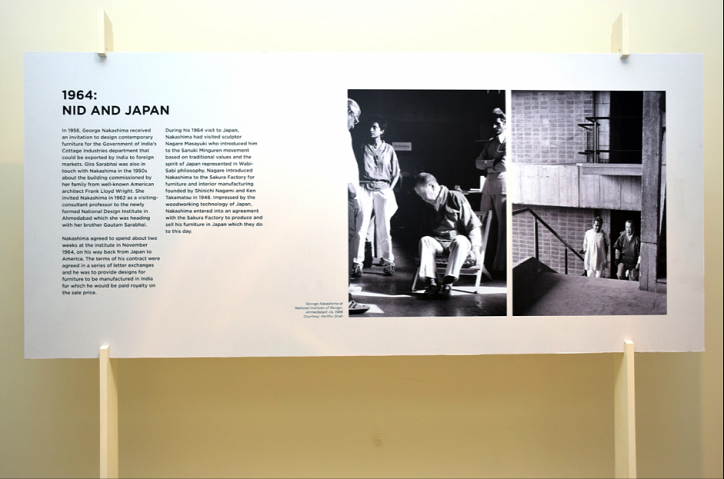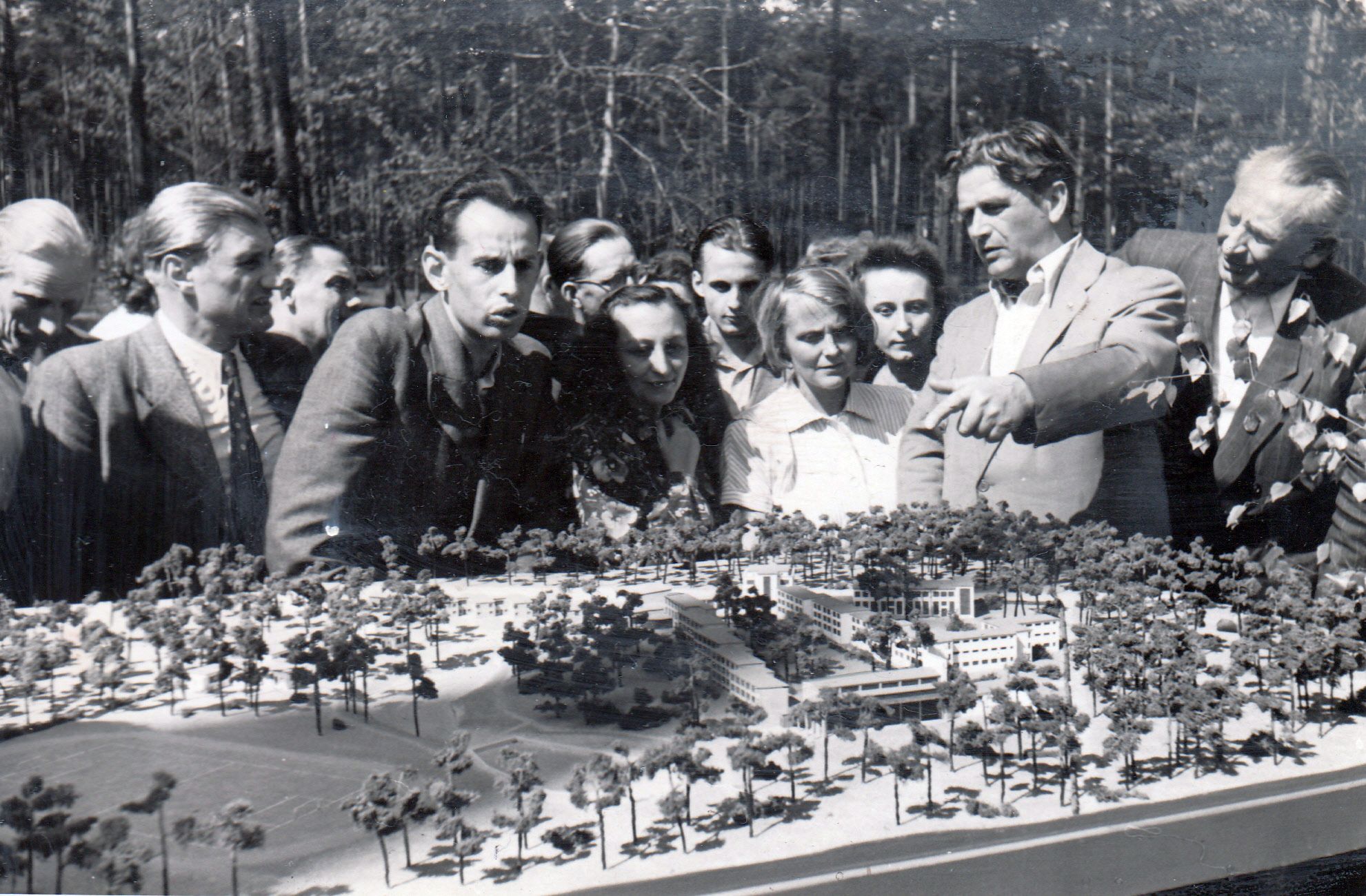Investigations of the archive make design process and design history tangible. The investigation of objects, which is at the heart of archival pedagogy, helps students grasp the materiality of design artifacts. In my experience, while this most often takes place with tangible design objects, like the furniture collection, it can also facilitate investigations into textual documents and media. Analyzing a digitized version of a textile craft document, for example, students can broach questions central to material culture studies about the production and circulation: Who was creating these documents originally, and how? Why was craft documentation seen as central to design studies, and who accessed them? The contrast between early manuscripts and recent digital documents makes these questions more resonant and connects them to the present: Why and how are we documenting craft now?
Contemporary Reflections on NID History
Teaching through the Design Archive

Exploring the Print Lab archive, as part of a workshop for You Are Here: NID Traces,
exhibition during DHS Annual Conference, 2013 in Ahmedabad.

Label writing exercise, as part of a workshop for You Are Here: NID Traces, exhibition during DHS Annual Conference, 2013 in Ahmedabad, made by curatorial fellow Tom Wilson (supported by the British Council) with Tanishka Kachru, Arathi Abraham and students of Graphic Design, Photography and Exhibition design in NID, Ahmedabad.

Narrative mapping exercise, as part of a workshop for You Are Here: NID Traces, exhibition during DHS Annual Conference, 2013 in Ahmedabad.

Instagram post by Namita Kalve (M.Des. Photography Design, NID) with a display of her work produced from the NID Archives in an exhibition in Mumbai 2018.
Archives can be seen to represent a chain of selection decisions, policy implementations, and management procedures, taken over and over again, in order to save particular materials from the past or present and offer them to an imagined future—or not. These processes are possibly what make an archive a manifestation of the values that shape it and provide points of access into it.
Asking students to practice as curators of archives, means that they must navigate the politics of inclusion and exclusion. By selecting some items, reorganizing others, or leaving out some they participate in these very actions. This practice requires them to think about the ethics of curation and examine the embedded values. Acting as archivists, the students must choose the basis of their selections, consider how best to communicate what they have chosen. Eventually, it also allows them to critically consider how knowledge is produced, and their role in this production.
The Design Archive at the NID holds one of the most important collections of objects of 20th century design in India. It includes work by designers trained at the NID as well as classics of 20th century European and American design. The collection is a vital resource used by students and faculty for study.

Exhibition panel from The Free Edge: Nakashima at NID exhibition, October–November 2016, in NID Ahmedabad. The photographs of George Nakashima visiting NID Ahmedabad in the 1980s used in this panel are courtesy of Parthiv Shah. This was a good example of how curating from institutional archives can reveal gaps that may be re-dressed by creating a new archive.
































.jpg?w=245&h=163&c=1)

.jpg?w=245&h=163&c=1)








